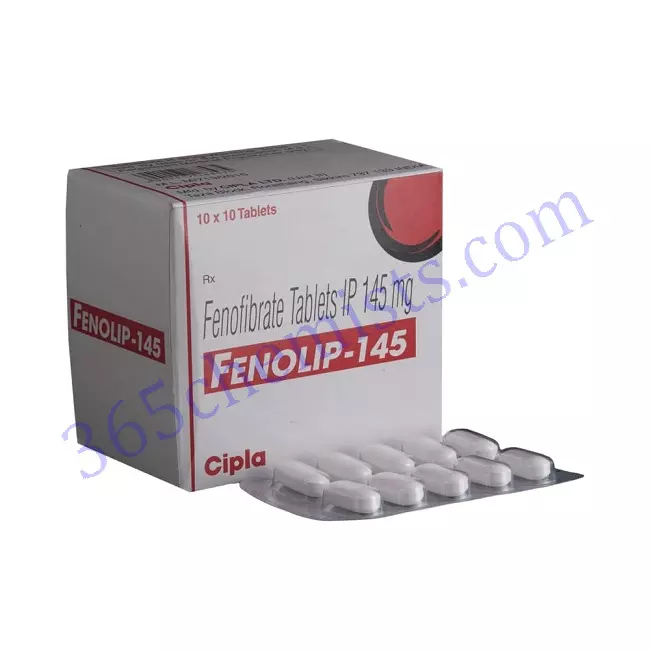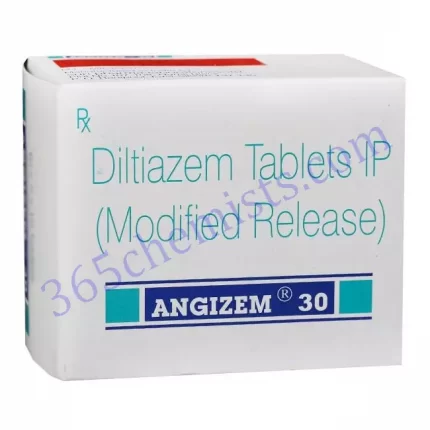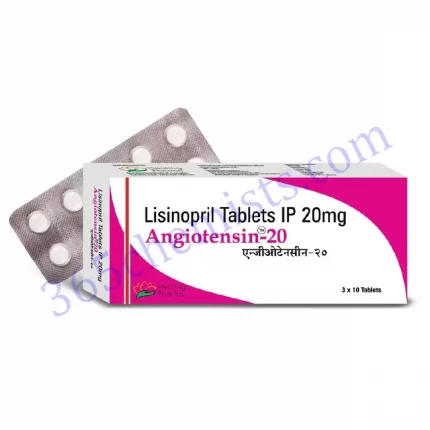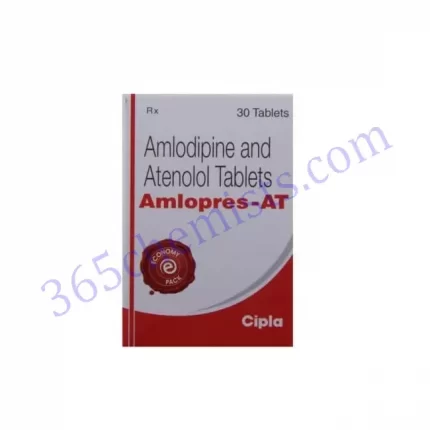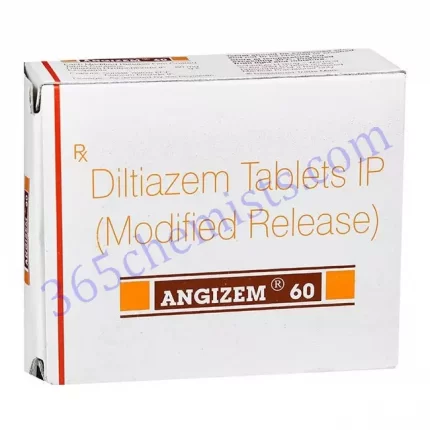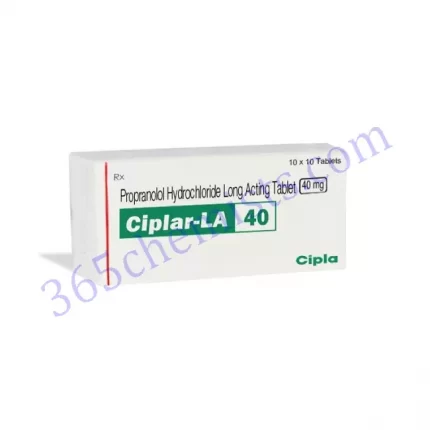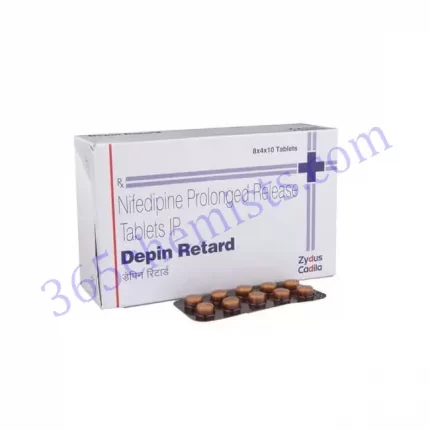Fenolip 145 Tablet: Managing Lipid Disorders with Fenofibrate
Fenolip 145 Tablet is a drug that is widely prescribed for the management of lipid disorders, such as excessive cholesterol and high triglyceride levels. These conditions can be managed by lowering the patient’s overall lipid levels. Because of its ability to reduce cholesterol levels, the active component fenofibrate that it contains is included in this product. In this post, we will present a detailed overview of the Fenolip 145 Tablet, including its applications, dosage, potential side effects, and precautions to guarantee the safe and effective use of the product.
Understanding Lipid Disorders
Disorders of lipid metabolism, which are characterised by excessive levels of cholesterol and triglycerides in the blood, are known to have a substantial influence on the health of the cardiovascular system. The likelihood of getting heart disease, stroke, and other cardiovascular issues is raised when there is an elevated level of cholesterol and triglycerides in the blood. It is crucial to have lipid disorders effectively managed in order to keep one’s cardiovascular health in good standing and to lower one’s chance of developing these problems.
Fenolip 145 Tablet: Mechanism of Action
Fenofibrate is the active ingredient in the Fenolip 145 Tablet, which is a pharmaceutical that is classified as a member of the fibrate class of drugs. Fenofibrate is effective because it stimulates the activity of an enzyme known as lipoprotein lipase. This enzyme contributes to the process of removing triglycerides from the bloodstream by breaking them down. In addition, fenofibrate has the ability to raise high-density lipoprotein (HDL) cholesterol levels, also referred to as “good” cholesterol, while simultaneously lowering low-density lipoprotein (LDL) cholesterol levels, which are typically referred to as “bad” cholesterol, as well as triglyceride levels.
Benefits of Fenolip 145 Tablet
In the treatment of lipid diseases, the Fenolip 145 Tablet provides a number of benefits, including the following:
- Fenolip 145 Tablet is a successful treatment for lowering triglyceride and LDL cholesterol levels, both of which are recognised to be risk factors for cardiovascular disease. The reduction of these cholesterol levels contributes to an improvement in cardiovascular health in general.
- rise in HDL Cholesterol The Fenolip 145 Tablet has been shown to result in a rise in HDL cholesterol, also known as the “good” cholesterol. It has been found that people who have higher levels of HDL cholesterol have a lower chance of developing heart disease.
- Combination Therapy: Fenolip 145 Tablet combines the lipid-lowering properties of Fenofibrate in a single tablet, enabling convenience and improving adherence to therapy. Fenofibrate lowers lipid levels by inhibiting the production of cholesterol.
Dosage and Administration
It is recommended that a healthcare expert establish the appropriate dosage of Fenolip 145 Tablet for each patient, taking into account individual aspects such as lipid levels, medical history, and reaction to treatment. It is essential to take the medication exactly as prescribed and pay close attention to the instructions.
Oral administration of Fenolip 145 Tablet can be done either with or without food, depending on the instructions provided by the healthcare professional. It is recommended that the tablet be taken in its entirety with a full glass of water. It is recommended that the Fenolip 145 Tablet be taken at the same time each day in order to keep the level of the drug that is present in the body consistent.
During treatment with Fenolip 145 Tablet, it is essential to perform routine checks on one’s lipid levels. This assists in determining how effective the treatment is and enables any necessary adjustments to be made to the dosage in the event that it is required. To ensure the most effective management of lipids, it is critical to keep all follow-up appointments as they have been arranged.
Potential Side Effects
It is possible that the Fenolip 145 Tablet will induce certain adverse effects in some people. Alterations in liver function tests, stomach upset, nausea, headaches, and muscle soreness are examples of common adverse reactions that may occur. These negative reactions to medicine are typically modest and fleeting, and they frequently go away on their own as the body becomes accustomed to the treatment.
Fenolip 145 Tablet may, in extremely unusual circumstances, create more significant adverse effects that call for immediate medical intervention. These may include significant muscle pain, soreness, or weakness; yellowing of the skin or eyes (jaundice); dark urine; or evidence of an allergic reaction. Other symptoms may include jaundice. In the event that any of these serious adverse effects manifest themselves, emergency medical attention must be sought.
Precautions and Interactions
It is imperative that any pre-existing medical issues, allergies, or drugs that are currently being taken be disclosed to a qualified medical expert prior to beginning treatment with Fenolip 145 Tablet. Individuals who have a history of pancreatitis, liver disease, renal disease, or gallbladder disease may require additional precautions or changes to the dosage.
There is a possibility of an interaction between Fenolip 145 Tablet and other medications, such as those that thin the blood, alter the function of the liver, or include certain antibiotics. It is imperative to inform the medical professional about any and all medications that are being taken, including over-the-counter pharmaceuticals and dietary supplements made from plants, in order to prevent adverse drug reactions.
Conclusion
Individuals who suffer from lipid problems have access to a therapy option that is both effective and well-tolerated because to the presence of fenofibrate in the Fenolip 145 Tablet. Fenolip 145 Tablet helps lower the risk of cardiovascular problems and enhances cardiovascular health by focusing on triglyceride and cholesterol levels. It is crucial for the successful management of lipid disorders to strictly adhere to the dosage that has been provided, maintain consistent monitoring of lipid levels, and maintain open communication with the healthcare professional.
In conclusion, the cholesterol-lowering capabilities of fenofibrate are utilised in the Fenolip 145 Tablet in order to provide a holistic approach to the management of lipid diseases. Fenolip 145 Tablet helps restore lipid balance and enhance cardiovascular health by lowering levels of triglycerides and LDL cholesterol while simultaneously raising levels of HDL cholesterol. It is essential to confer with a medical expert in order to obtain individualised recommendations and instructions concerning the use of Fenolip 145 Tablet or any other medicine. Individuals are able to effectively control their cholesterol levels and lower the risk of cardiovascular issues if they manage their condition properly and make appropriate changes to their lifestyle.

